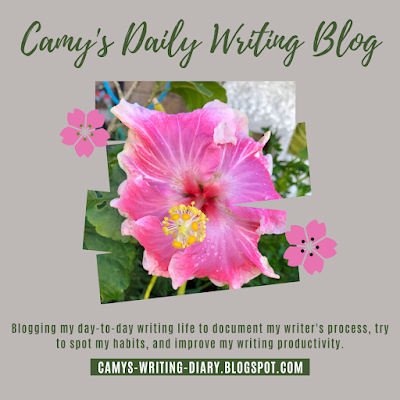Story Sensei Newsletter/Blog
Hello everyone, I switched over to ConvertKit for my email service provider and thought I’d combine my newsletter and Story Sensei blog. So now if you’re subscribed to my Story Sensei newsletter, you’ll get an email whenever I post on my Story Sensei blog. Right now, I’m planning to post very infrequently, so you won’t get more than one newsletter a quarter. If you’d like to unsubscribe from my Story Sensei blog, no problem! Just click the unsubscribe button at the bottom of this email.

